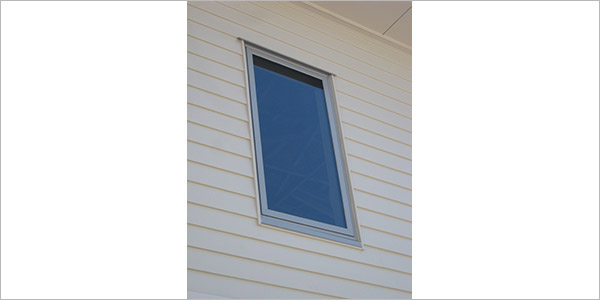Detecting any of these signs in monolithic cladding could signify problems and potential leaks: visible cracks, splits, water damage, mold, discoloration, bubbling, fading, or peeling paint, and even unpleasant odors inside the building.
Opting for better external cladding materials like timber weatherboards and bricks proves beneficial. Timber weatherboards, especially, stand as the most commonly used traditional cladding material in New Zealand.
At TBC Group, our recladding service commences by removing the existing plaster or faulty cladding. We then inspect the timberwork behind the cladding for any repairs or replacements needed. Following this preparation phase, we proceed with installing new, high-quality cladding, ensuring lasting weatherproofing and structural integrity for your home.

